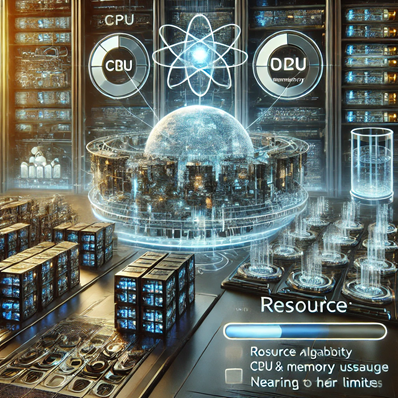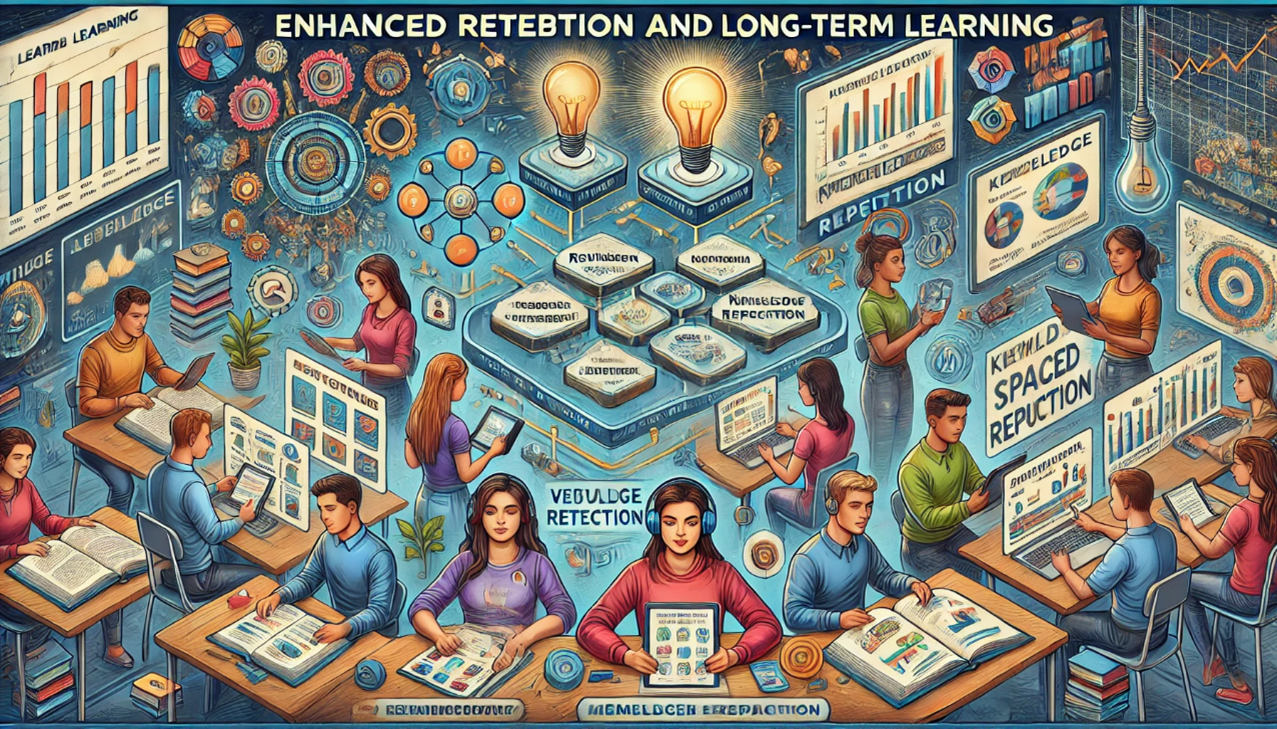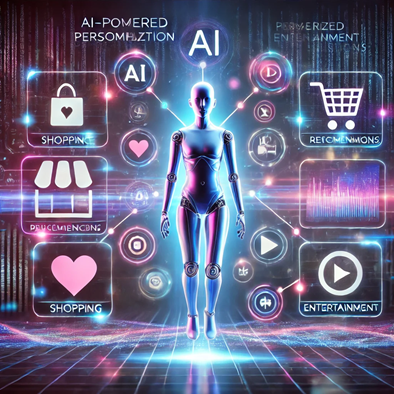What challenges exist in developing lightweight AI models for edge deployment?

What challenges exist in developing lightweight AI models for edge deployment?
by Nathaniel 03:35pm Jan 28, 2025

What challenges exist in developing lightweight AI models for edge deployment?
Developing lightweight AI models for edge deployment presents several challenges due to the constraints of edge devices, such as limited computational power, memory, storage, and energy resources. These challenges need to be carefully addressed to ensure that AI models are both efficient and effective in edge environments. Below are some of the key challenges:
1. Limited Computational Resources
Challenge:Edge devices typically have less computational power compared to cloud-based servers. Running complex AI models on devices with limited CPU, GPU, or specialized hardware (such as microcontrollers) requires model optimization techniques.
Solution:To address this, developers often use model compression techniques (e.g.,pruning, quantization) or opt for lighter model architectures (e.g., MobileNet, SqueezeNet). These approaches reduce the computational complexity while preserving model accuracy.
2. Memory and Storage Constraints
Challenge:Edge devices often have limited memory (RAM) and storage, which makes it difficult to store large models or handle data-intensive computations.
Solution:Model optimization methods like parameter pruning (removing unimportant weights) or knowledge distillation (transferring knowledge from a large model to a smaller one) can help reduce the size of AI models. Additionally, using lightweight data formats (such as 8-bit integers instead of 32-bit floats) can help reduce the memory footprint.
3. Energy Efficiency
Challenge:Many edge devices, such as smartphones, wearables, and IoT sensors, are battery-powered. Running AI models that require significant processing power can quickly drain battery life, reducing the device's usability.
Solution:Efficient model design is key to addressing energy consumption. AI models can be optimized for lower power consumption by using low-precision arithmetic (e.g., reducing floating-point operations) and event-driven processing (only running computations when necessary). AI models can also leverage hardware accelerators (such as TPUs or FPGAs) that are designed for low-power operations.
4. Model Size and Latency
Challenge:Large AI models with many parameters can take up significant storage space and result in high latency during inference, which is particularly problematic for real-time applications.
Solution:Lightweight architectures and techniques like model quantization (reducing the precision of weights and activations) and distillation can reduce model size and inference time. Furthermore, techniques like knowledge transfer allow smaller models to leverage the knowledge of larger,pre-trained models, ensuring accuracy while reducing size.
5. Real-time Processing and Responsiveness
Challenge:Many edge AI applications, such as autonomous vehicles or industrial monitoring, require real-time processing. Complex models can introduce latency that impacts the responsiveness of the system.
Solution:AI models for edge deployment need to be optimized for faster inference. Techniques like model simplification, asynchronous processing,and edge caching can help reduce latency. Additionally, ensuring that the model performs only essential computations, avoiding redundant operations, and using efficient algorithms can improve real-time processing.
6. Data Privacy and Security
Challenge:Edge devices often handle sensitive data, such as personal information from wearable devices or surveillance footage from cameras. Ensuring data privacy and security while maintaining efficient AI performance is a significant challenge.
Solution:AI models can be designed to process data locally on the device, avoiding the need to transmit sensitive information to the cloud.Techniques like federated learning allow models to be trained across decentralized devices, maintaining privacy while still benefiting from collaborative learning. Additionally, encryption and secure hardware modules can be used to protect data during processing.
7. Limited Training Data and Edge Model Customization
Challenge:In many edge applications, training data may be limited, especially for domain-specific tasks. Moreover, the edge model must be customized to operate effectively in the specific environment, making it challenging to use large-scale cloud-trained models.
Solution:Transfer learning can be used to adapt pre-trained models to new tasks with smaller datasets. Moreover, online learning techniques allow models to update incrementally as new data becomes available,enabling them to continuously improve without the need for frequent retraining on large datasets.
8. Device Heterogeneity
Challenge:Edge devices vary greatly in terms of hardware and software capabilities,from powerful smartphones to low-cost IoT sensors. This heterogeneity can make it difficult to develop a one-size-fits-all AI model.
Solution:Developing device-specific models or adaptive AI systems that can adjust based on the hardware available is one approach.Additionally, frameworks like TensorFlow Lite and ONNX support a variety of edge devices and allow the same model to be deployed across different platforms with optimizations for each device.
9. Edge-to-Cloud Communication
Challenge:In some use cases, edge devices may need to communicate with the cloud for updates, additional processing, or sharing results. However, constant communication between edge devices and the cloud can be inefficient,especially when bandwidth is limited or unreliable.
Solution:Edge computing solutions can reduce reliance on the cloud by enabling more local processing. When necessary, devices can send only aggregated or relevant data to the cloud rather than raw data. Techniques like edge caching and data compression can further optimize communication and reduce data transfer requirements.
10. Model Retraining and Updates
Challenge:AI models deployed on edge devices may need to be periodically updated or retrained as new data becomes available or as the operating environment changes. However, frequent updates can be costly and challenging to implement on resource-constrained devices.
Solution:Federated learning allows AI models to be trained across many edge devices without the need to send data to the cloud. Edge devices can periodically update their models with improvements learned from other devices, reducing the need for frequent retraining and centralized data sharing. Over-the-air (OTA) updates can also be used to push model updates to edge devices when needed.
11. Integration with Legacy Systems
Challenge:Many industries still use legacy systems that are not designed for modern AI or IoT integration. Developing lightweight AI models that can interact with or improve existing systems without requiring a complete overhaul is a complex task.
Solution:Edge AI middleware can bridge the gap between modern AI models and legacy systems, enabling them to communicate effectively without requiring significant changes. Additionally, AI models can be designed to work with minimal external dependencies, ensuring they can integrate seamlessly with existing infrastructure.
Conclusion:
Developing lightweight AI models for edge deployment involves overcoming significant challenges related to computational constraints, memory limitations, energy efficiency, real-time processing, privacy, and device heterogeneity. Solutions such as model compression, quantization, transfer learning, federated learning, and hardware acceleration can help optimize AI for edge devices. However, these approaches must be tailored to the specific use case and the unique constraints of each edge device to achieve effective, efficient, and scalable AI deployments.






